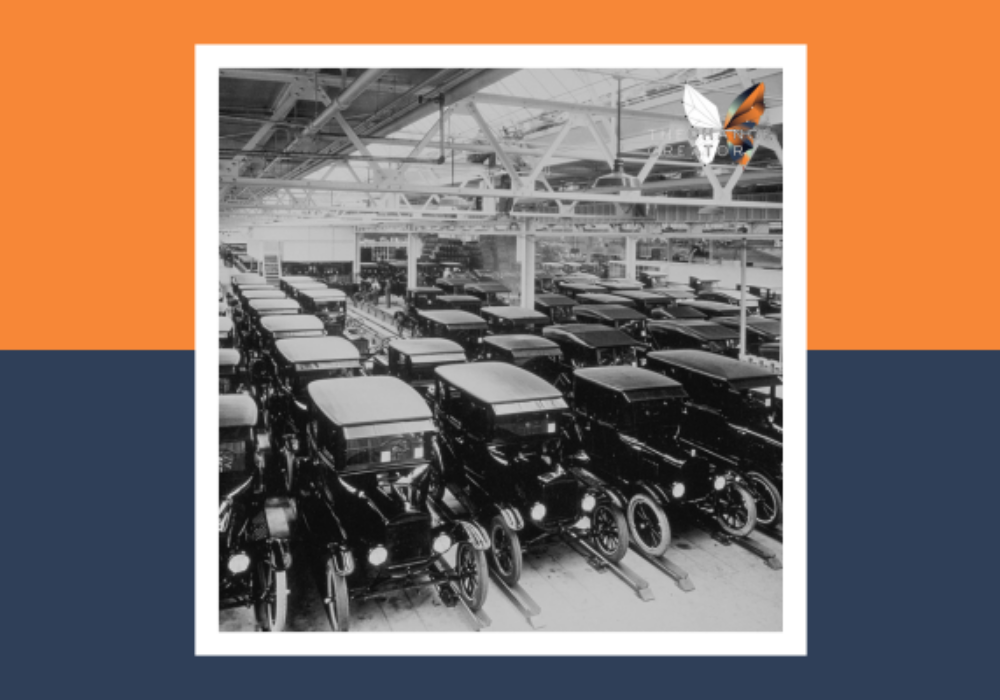Lean & Six sigma,
Both are very unknown still in Curacao but as we introduce them here we see often they get mixed up, which is understandable if you never heard from these methodologies.
Essentially, Six Sigma and Lean systems have the same goal. They both seek to eliminate waste and create the most efficient process chain possible, but they take different approaches toward how achieving this goal. In simplest terms, the main difference between Lean and Six Sigma is the way they identify the root cause of waste. In this blog I will explain this.
LEAN
Lean is not new, it originates from the Ford production line back in 1910. Henry Ford liked to keep the production standards incredibly high so that each step flowed naturally into the next, thus resulting in very little waste.
In the early 70’s Toyota redesigned the Ford production standard and developed the Toyota Production System. It was developed by Toyota after the Second World War and became popular after the oil crisis of the early 1970’s. The focal point of the Toyota system is to maintain a continuous flow throughout manufacturing, it became one of the most efficient systems in the world.
The term Lean was first coined by John Krafcik in his 1988 article, “Triumph of the Lean Production System”. James Womack, the author of the book “The Machine That Changed the World (1990)”, made the term Lean production known worldwide.
Lean manufacturing or lean production, often simply “lean”, is a systematic method for the minimization of waste within a manufacturing system or process without sacrificing productivity. Lean also takes into account waste created through overburden and waste created through unevenness in workloads. Working from the perspective of the client who consumes a product or service, “value” is any action or process that a customer would be willing to pay for.
The core idea behind lean is maximizing customer value while minimizing waste, Lean identifies eight areas of waste that are common in most production systems.
The 8 Deadly Wastes of Lean, to give you an idea of what is embodies there’s both an example in production as in the service industry.
- Transport: This type of waste occurs when materials or products are moved inefficiently;
- Inventory: This happens when your inventory levels are too high. Too much work in progress at one time;
- Motion: Motion refers to poor work standards and employees moving inefficiently between tasks;
- Waiting: Waiting is the lag time in between each step in production. When colleagues are left waiting between process steps no value is being added;
- Overproduction: This occurs when products are being produced that there is no customer demand for. If you give too much service to a client;
- Over-processing: Over-processing occurs when you spend too much time producing a product or produce it in a very inefficient way;
- Defects: Defects are the number of time employees spend identifying and fixing production mistakes;
- Skills: under-utilizing capabilities and delegating tasks with inadequate training.
The Lean Enterprise Institute (LEI), founded by James P. Womack and Daniel T. Jones in 1997, is considered the go-to resource for Lean wisdom, training, and seminars. According to Womack and Jones, there are five key lean principles: value, value stream, flow, pull, and perfection.

A popular misconception is that lean is suited only for manufacturing. Not true. Lean applies in every business and every process. It is not a tactic or a cost reduction program, but a way of thinking and acting for an entire organization. Lean has been adopted into other industries to promote productivity and efficiency in an ever changing market. Areas that use Lean successfully besides manufacturing: Healthcare, Education, Logistics, Insurance, Banking services, Facility management &Hospitality.
In this diagram an example how Lean is used in three different industries:
| Industry type | Flowing through the process | Type of Batch | Type of Inventory | Example of Customer value |
| Production | Materials | Production batch | (Raw) materials | Qualitative products for good price and quick delivery |
| Service | Customers | Group of customers | Waiting customers | Quick, clear and friendly service |
| Administration | Information | Collection of documents | Pile of documents or full mailboxes | Quick and accurate response |
Lean certification
Lean is both a philosophy and a discipline. Lean had no leading standard in certification belt structure like Six Sigma. Because originally it’s a philosophy you can’t certify for Lean. There are several certification companies who apply their own certification levels for Lean. Just like Agile, Lean believes that to apply a philosophy in your organization the focus should be on the ‘doing’ and not implementing the tools or the certification process.
Next up Six Sigma, please check out our second blog in this series.
Peggy is a Lean Six Sigma master black belt at heart, a people’s people and bridge builder. I’ve worked at large multinationals in service and production industry. I am creative,analytic with a touch of geek. I have two lovely princesses, a wonderful husband and we live in sunny Curaçao. Want to read more Lean blogs? Please follow us at www.thechangecreator.com















